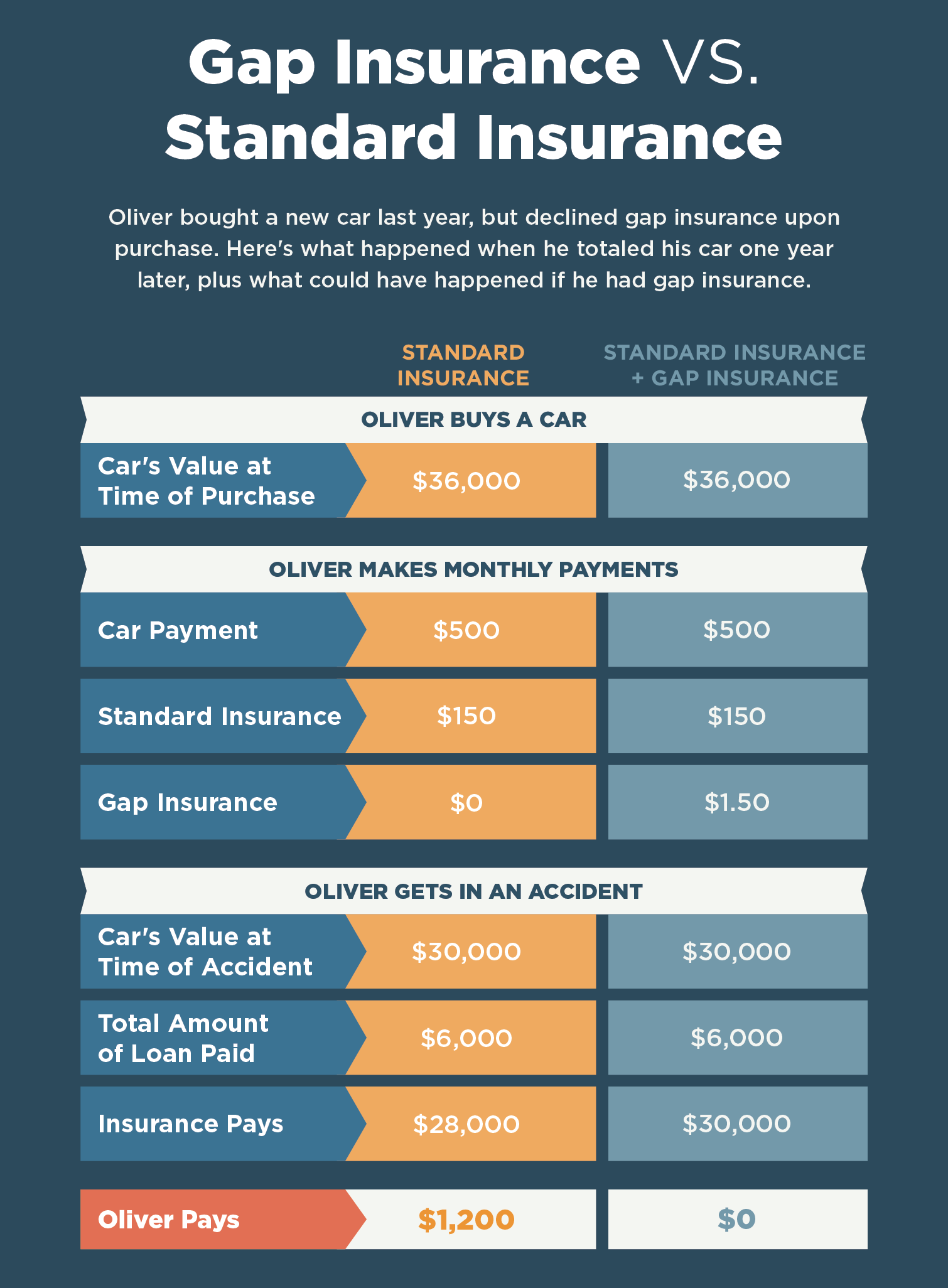Insurance coverage can be difficult, specifically for occupants who don't know that they require to secure their personal effects. What is tenants insurance and why do you need it? Select ... Select . (How much is mortgage insurance).. SUMMARY WHAT'S COVERED WAYS TO CONSERVE FAQ.
The typical occupants insurance expense in the U.S. is $168 annually, or about $14 monthly, according to Nerd, Wallet's most current rate analysis. This estimate is based upon a policy for a hypothetical 30-year-old occupant with $30,000 in personal effects protection, $100,000 in liability protection and a $500 deductible. While the across the country average is a helpful standard, renters insurance coverage rates can differ significantly based upon where you live and how much coverage you http://eduardosnef749.yousher.com/our-how-much-life-insurance-do-i-need-diaries need. The place of your house is a significant consider the cost of your renters insurance. Inspect just how much you can expect to pay for occupants insurance in your state listed below. If you live in the L.A. Basin or the Bay Location, you may wind up handling a private insurance provider for your routine renters insurance needs, and the CEA for supplemental earthquake protection. Before you verify your policy, thoroughly catalog your apartment's contents. You need to provide your insurance provider with a weslin financial rough accounting of these contents anyway, however a more detailed evaluation is crucial for your own records. Photo every item of worth that you own when your policy goes into impact; to the level possible, conserve the purchase receipts for each product also. Do this for each big purchase that you make after your policy enters into impact too.
It sounds like overkill, but it's a reasonably small investment that can considerably increase the possibility that your claim will be accepted if you experience a loss. Whereas property owners with active mortgages are typically required to insure their residential or commercial properties, tenants with active leases face no such required. Not remarkably, many renters choose to forgo renters insurance coverage completely - What is term life insurance. Rather of getting separate or bundled renters insurance coverage policies, they pick to develop an emergency fund adequate to cover the cost of replacing their home's contents. Is this course of action right for you? It depends. First, it is essential to keep in mind that you can insulate yourself from certain types of risk particularly, liability for bad luck that befall your guests, upkeep workers, and your structure's other occupants without insuring all of your personal effects.
Although it may be difficult for you to make the financial case for carrying material Go to this website insurance instead of keeping an adequate and well-managed emergency situation fund, it's more difficult to refute the benefits of fundamental liability coverage on your apartment. For beginners, vulnerable liability costs can rapidly spiral out of control if an injured guest needs to stay at the hospital overnight, you're easily looking at a five-figure medical bill. No matter how close your relationship with the hurt guest, you should not rely on good enhances to protect you from legal action. When it pertains to liability, friendly guests are the least of your worries.
Everything about How Much Is Homeowners Insurance
You'll likewise be responsible to neighbors who suffer residential or commercial property damage or injury as an outcome of a threat that stems within your home. Even if you carry liability coverage for 15 or twenty years prior to incurring a claim, you'll likely pay far less than you would to settle a legal disagreement over just one over night medical facility stay for which you're found liable particularly after representing legal costs. According to Insurance coverage. com, the national average cost of a renters insurance policy covering liability and personal effects with a coverage limitation of $100,000 and a $1,000 deductible is about $27 monthly, or $326 annually.
In more "unsafe" locations where unfavorable weather condition occasions are typical and crime is greater, premiums can surpass the average by 20% to 30%. When the alternative is an overall loss of furniture, clothes, and electronic devices with a collective value of thousands or 10s of thousands of dollars, paying $326 per year or $3,260 over ten years before inflation appears like a no-brainer. Nevertheless, this heading figure is a bit deceptive due to aspects such as your policy's deductible and protection limitations. As you weigh the costs and advantages of purchasing content protection, it works to break your alternatives into these broad however well-defined classifications:.
Premiums on these policies are far higher than the nationwide averages priced quote above, however the tradeoff for this expenditure is peace of mind. If you seem like you need a top-tier policy, you probably have some pricey or uncommon ownerships, and you might need to examine riders or additional insurance coverage to guarantee that they're adequately covered. These policies feature low to moderate deductibles between $300 and $500 and high coverage limits (more than $50,000) - How much is renters insurance. They're especially useful for households or middle-class couples who plan to rent for the long term; typical policyholders have lots of things to safeguard, but might not be able or ready to pay for top-tier protection.

With bigger deductibles in between $500 and $1,000 and lower protection limitations (between $20,000 and $50,000), these policies are popular with more youthful, upwardly mobile renters who make decent incomes however haven't yet collected lots of high-value belongings or began households. They work for securing electronics, clothing, and other important but not extremely valuable products. Provided the size of the deductible and the potential for the cost of a total loss to surpass the policy's coverage limit, your middle-of-the-road policy should be coupled with an emergency fund. Comparable to " devastating" health insurance policies, these instruments come with high deductibles of $1,000 or more and reasonably low coverage limitations (less than $20,000).